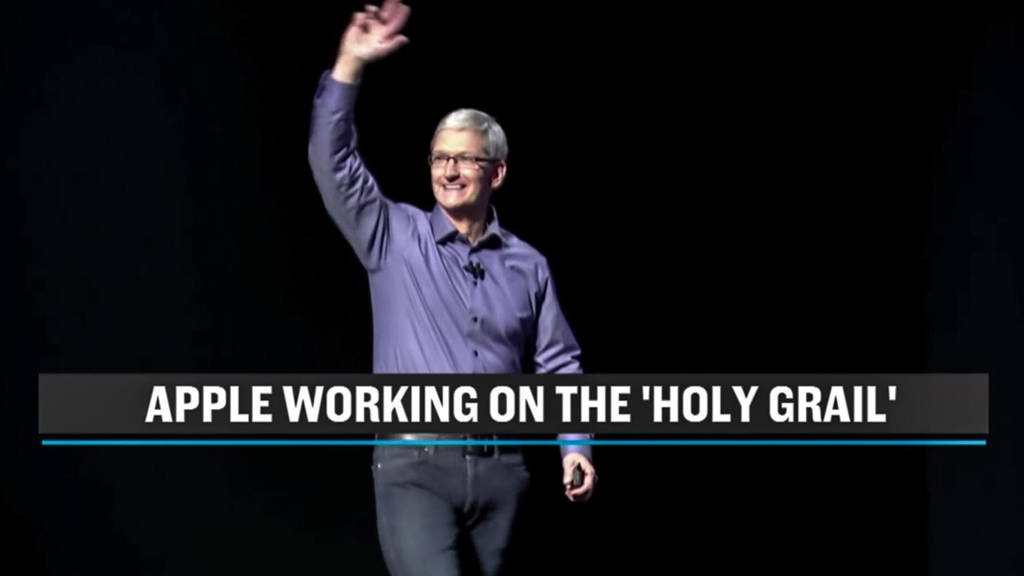Diabetes is becoming one of the biggest chronic health problems worldwide. In 2016, the global diabetic population has crossed half a billion, and it continues to grow. Healthcare costs grow correspondingly. In response to the diabetes pandemic, device manufacturers, healthcare providers, and patients are looking for ways to manage this long-term chronic disease in an efficient and unobtrusive way.
Continous monitoring of glucose levels will be one of the new methods to get a better grip on diabetes. Health wearables will drive disruption in diabetic care as global sufferers reach half billion, ABI Research believes. The market research firm forecasts nine million continuous glucose monitor (CGM) shipments by 2021. The overall diabetic testing market, which includes glucose meters and test strips, will exceed 17 billion dollar in 2021, up from 12 billion dollar in 2016. CGM revenues will grow at a CAGR (compound annual growth rate) of 41 percent over the same period.
CGM less intrusive
Wearables and sensors are used more frequently for CGM these days, as a les intrusive alternative to measuring the level in drops of blood. But it's highly challenging to track glucose levels accurately without piercing the skin. An alternative approach is placing sensors under the skin. The Eversense CGM system is, according to Roche, the only implantable sensor that measures glucose levels continuously. The sensor works for up to 90 days.
Last year, Dutch research concluded that continous monitoring of glucose levels drastically decrease the risk of a severe hypo for diabetes 1 patients. Compared to the traditional method of blood testing, continous monitoring decreases the risk of a severe hypo by as much as 50 percent, said Dr. Erik H. Serné of the VUmc University Hospital.
Feasibility trials Apple
The Apple initiative is far enough along that the company has been conducting feasibility trials at clinical sites across the Bay Area and has hired consultants to help it figure out the regulatory pathways through the FDA.
The efforts have been going on for at least five years, sources said. Jobs envisioned wearable devices, like smartwatches, being used to monitor important vitals, such as oxygen levels, heart rate and blood glucose. In 2010, Apple quietly acquired a company called Cor, after then-CEO Bob Messerschmidt reportedly sent Jobs a cold email on the topic of sensor technologies for health and wellness. Messerschmidt later joined the Apple Watch team.
One person told CNBC about 30 people were working in the diabetes group as of a year ago. But speculation has mounted since the company snapped up about a dozen biomedical experts from companies like Vital Connect, Masimo Corp, Sano, Medtronic, and C8 Medisensors. Some of these people joined the secretive team dedicated to glucose, sources said, while others are on Apple Watch team.
Optical sensors
Apple might be developing optical sensors, which involves shining a light through the skin to measure indications of glucose. Accurately detecting glucose levels has been such a challenge that one of the top experts in the space, John L. Smith, described it as "the most difficult technical challenge I have encountered in my career."
A breakthrough would be a boon for millions of people with diabetes, spur new medical research and open up a potential market for consumers to track their blood sugar for health and wellness insights. It could turn the Apple Watch into a "must have" rather than a "nice to have" for people who would benefit from an easier way to track their blood sugar.
Apple has been making inroads into health applications for a few years now. It has developed the CareKit, HealthKit and Researck Kit SDK’s for iOS, so third parties can develop health related applications for Apple devices. Recently it patented technology that might be used to let an Apple Watch make an ECG for heart patients. Tim Cook sees the Apple Watch as a good platform for medical purposes, without turning it into a medical device itself.






